Lord Mountbatten’s family home was Broadlands in Hampshire, England. This is where Princess Elizabeth (later Queen Elizabeth II) and Prince Philip spent their Honeymoon in 1947. Later, The Prince of Wales, also spent part of his honeymoon there with Lady Diana Spencer.
This exquisite Grand Manner work is an evocative example of the type of portrait in vogue during the first quarter of the eighteenth century. Beautifully composed, the sitter is three quarter length and seated within surroundings that conveyed nobility and elite status – a parkland with classical architecture and a fountain – signifying cultivation and sophistication. The clothing dates the portrait to the first quarter of the eighteenth century as does the hairstyle with the small curls over the temples called "confidents" and long curls over one shoulder.
Through this portrait, collectors have a chance to see the story of the twentieth century unfold and acquire an evocative vestige of a glittering way of life, which is now gone.
Sir Godfrey Kneller (1646-1723) dominates our understanding of British portraiture at the turn of the seventeenth century. With Van Dyck, Lely and Reynolds, his name has become synonymous with the visual interpretation of British history – not least because he painted almost every person of prominence in forty years of British public life. This reputation was well-deserved, and although Kneller's age embraced many accomplished painters - John Closterman, for example, Jonathan Richardson the Elder, or Michael Dahl- none came close to Kneller in immediate fame, or in such instant association in the popular mind with the exercise of portraiture. Kneller is remembered for having painted ten ruling sovereigns, including every reigning British monarch from King Charles II to King George I.
Provenance:
Louis Mountbatten 1st Earl Mountbatten of Burma (1900-1979);
Thence by descent
Measurements:
Height 143cm, Width 120cm framed (Height 56.25”, Width 47.25” framed)



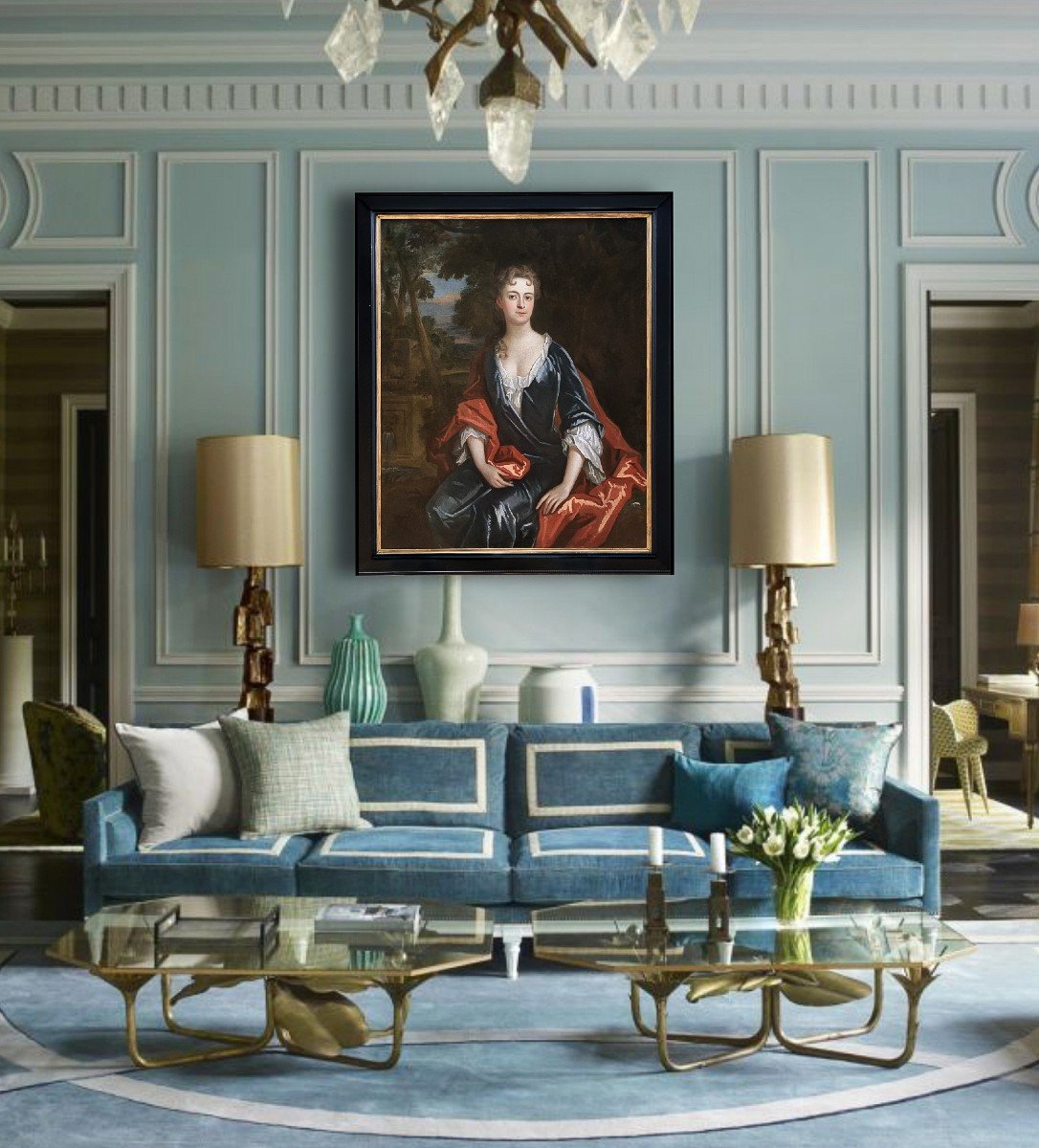
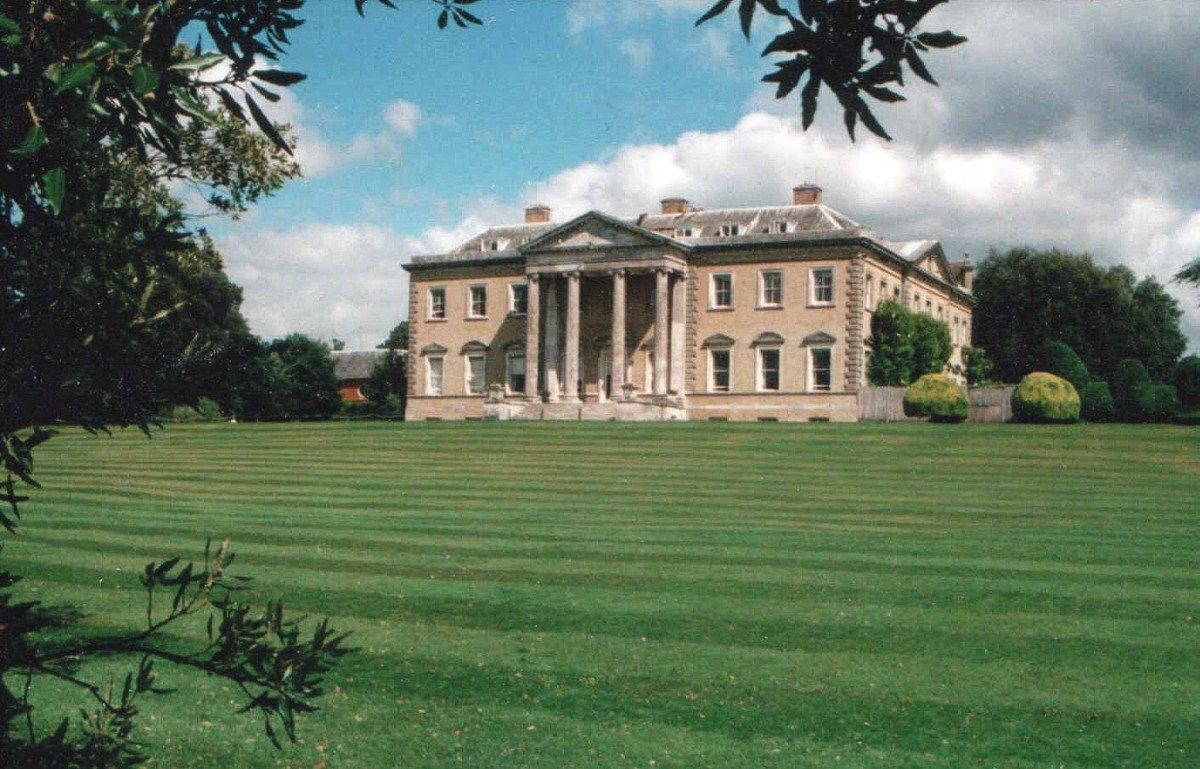
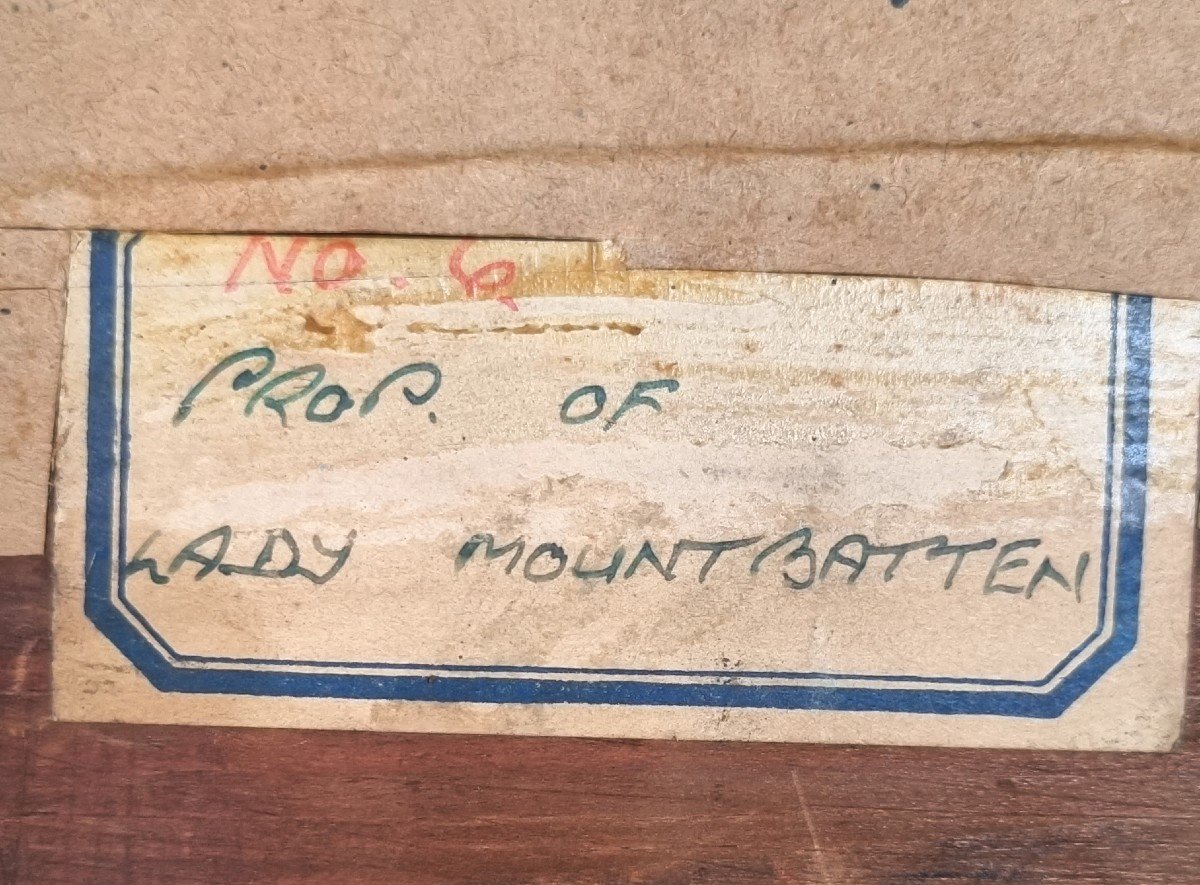
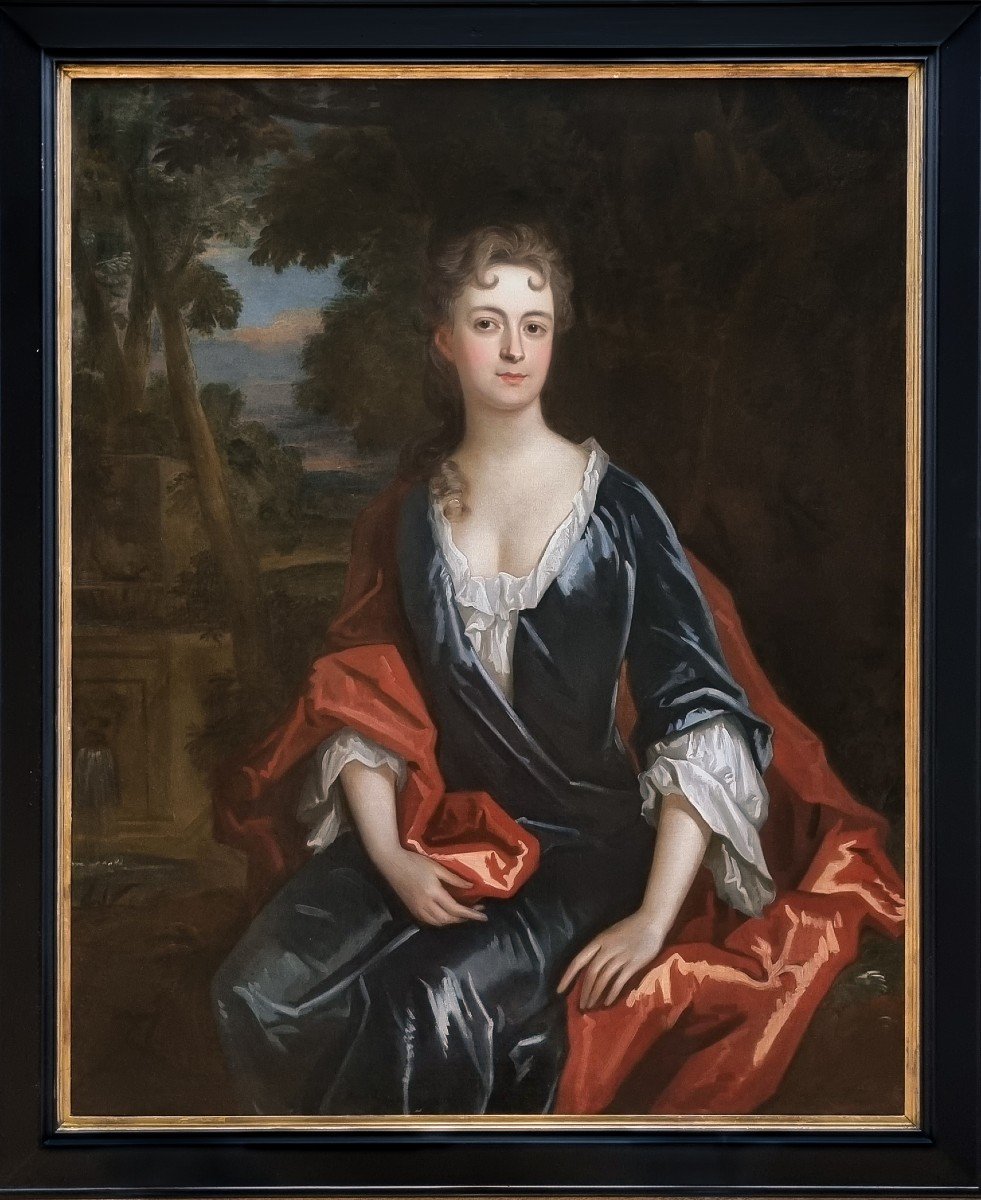
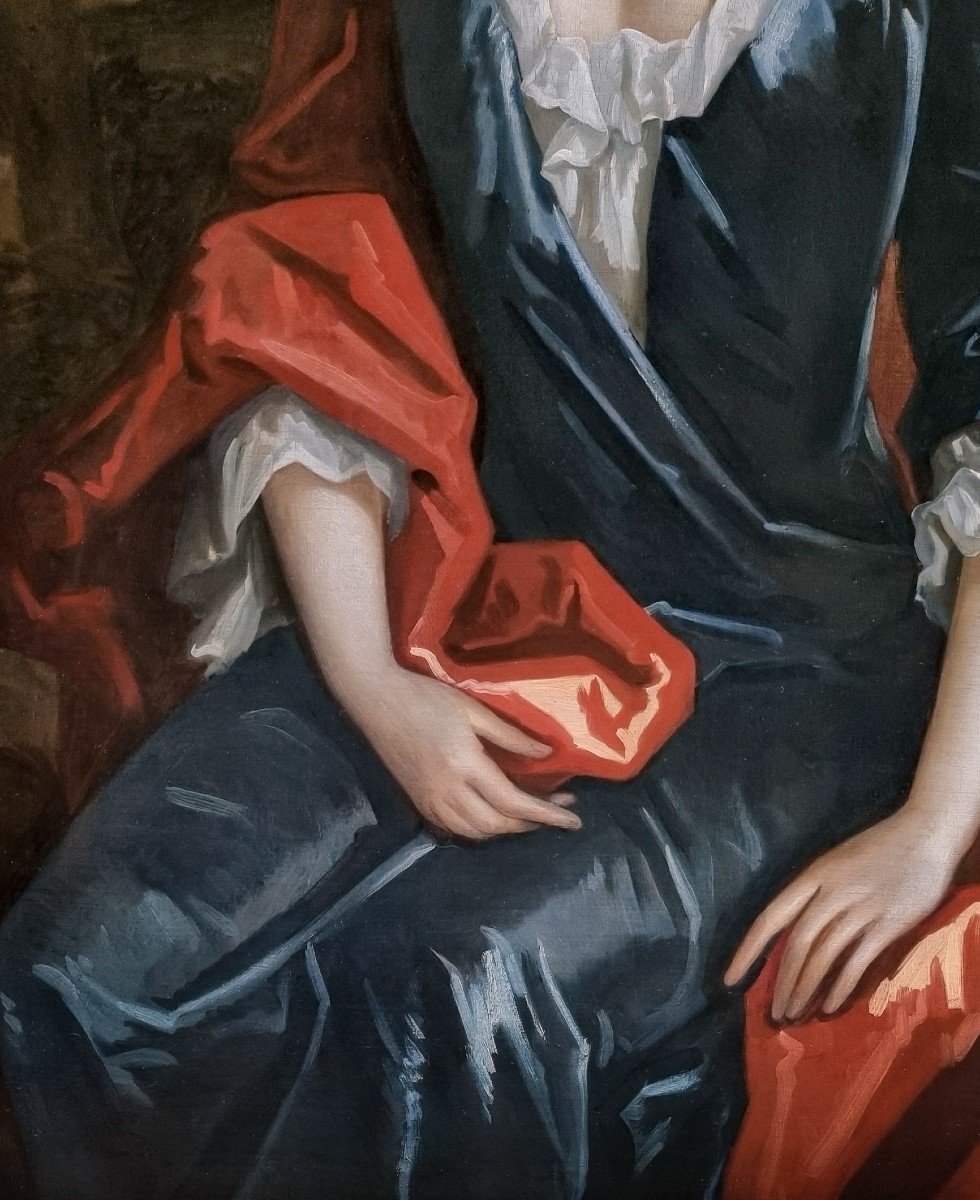

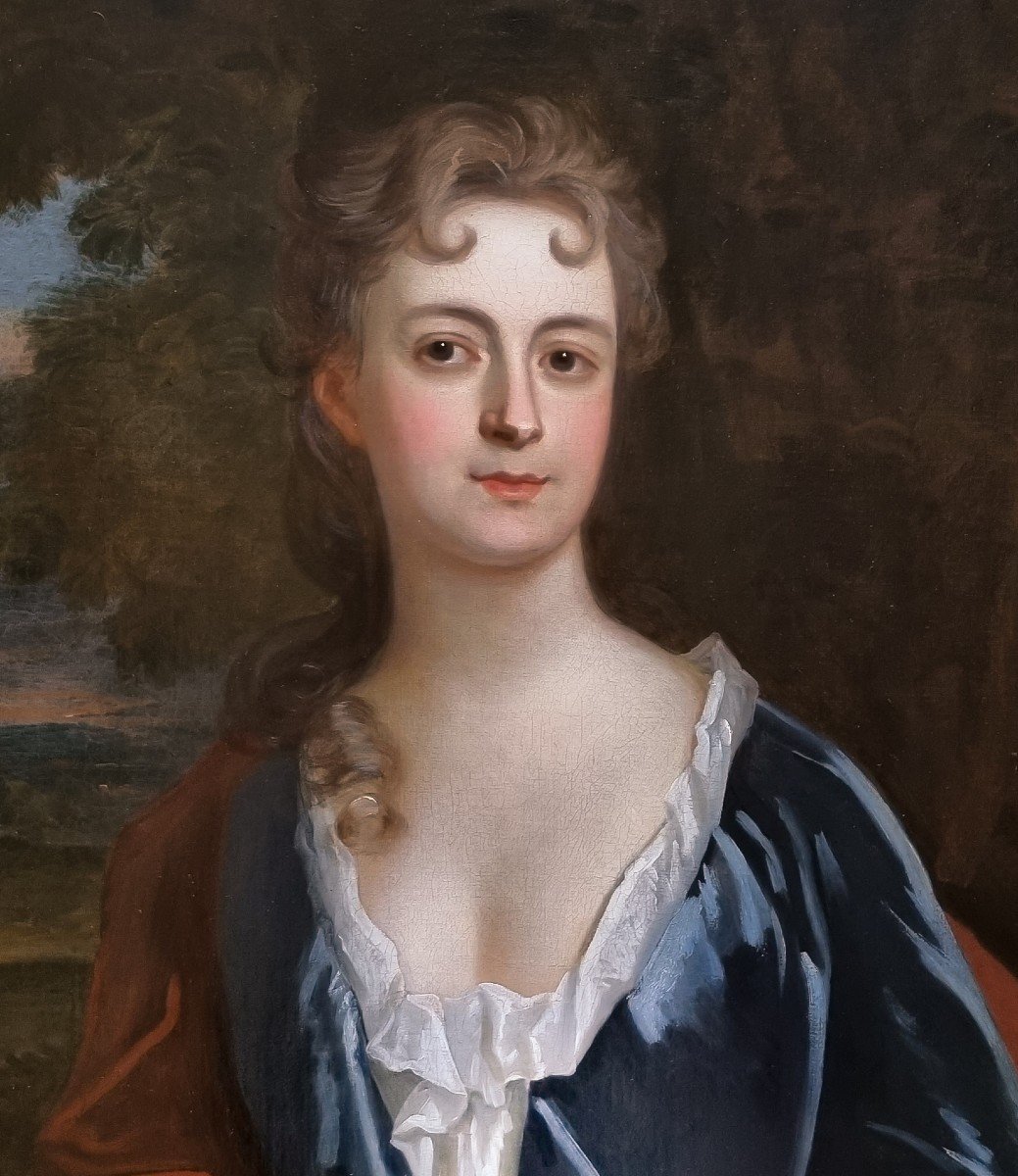
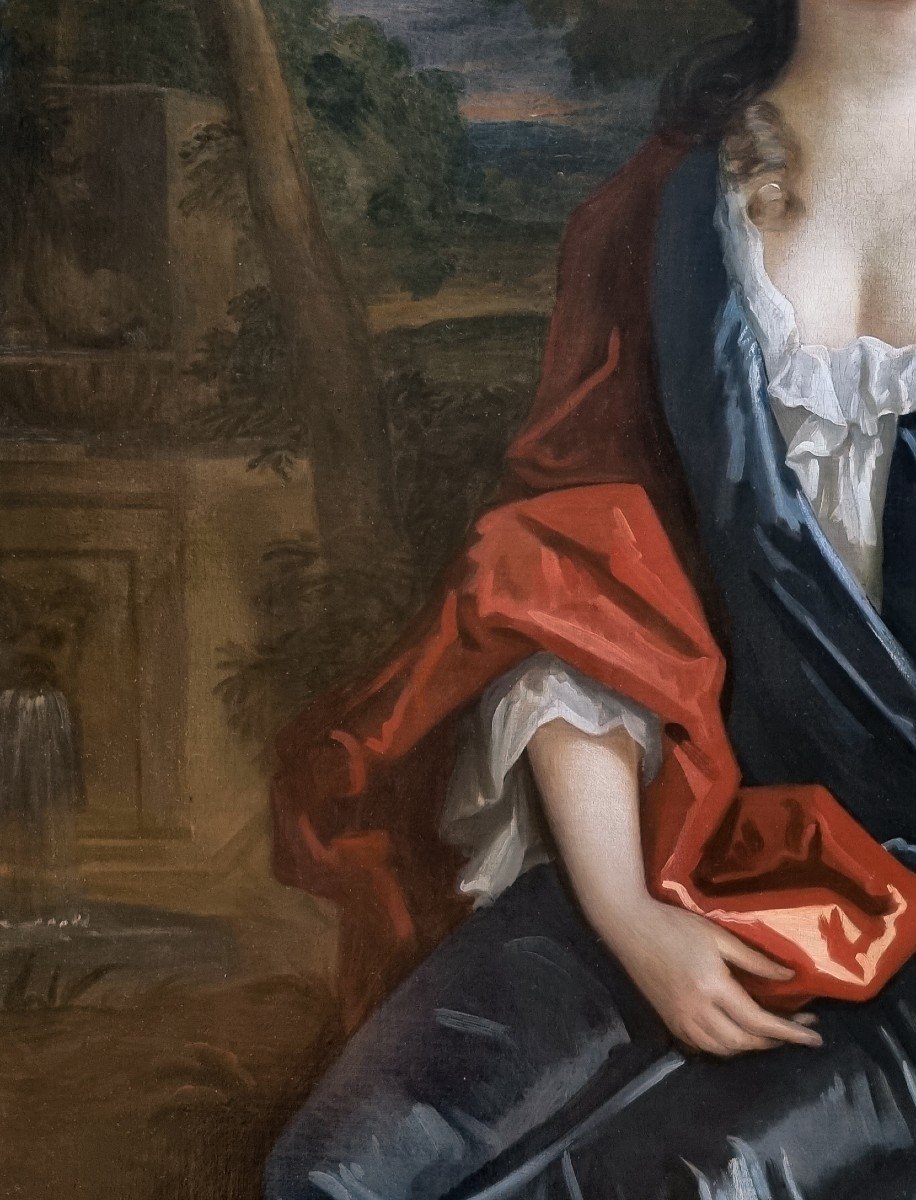
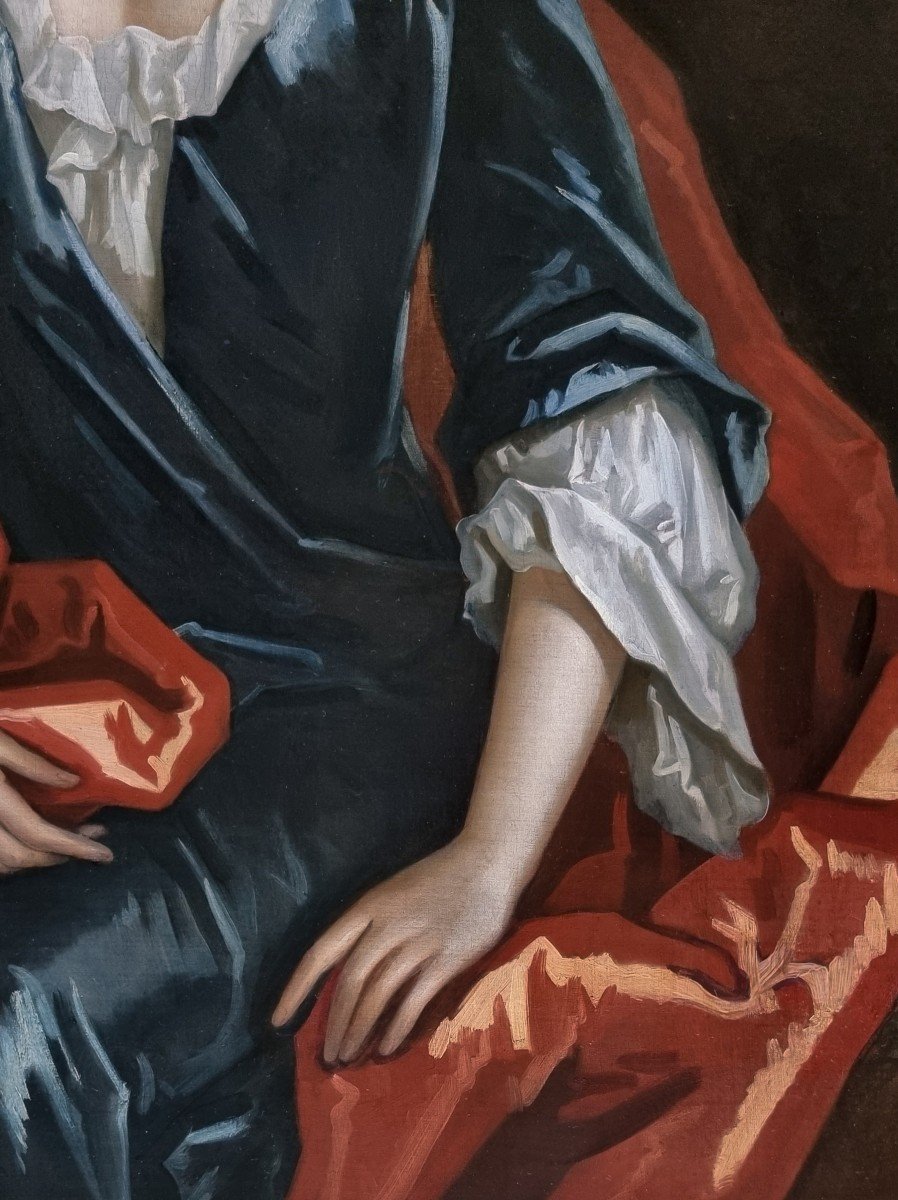

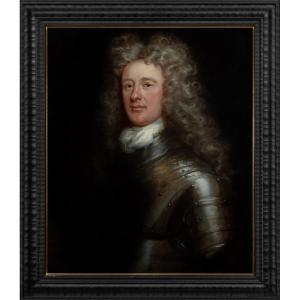

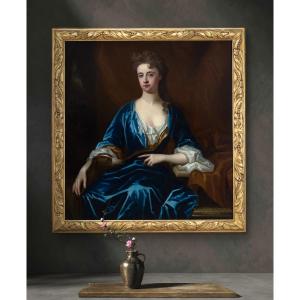
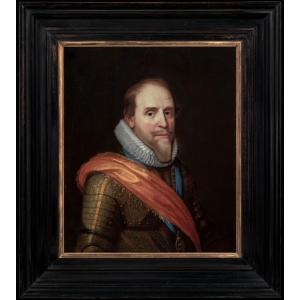


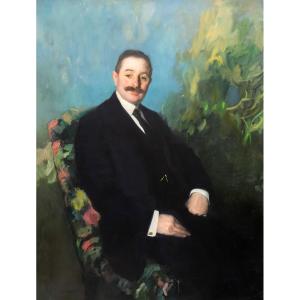

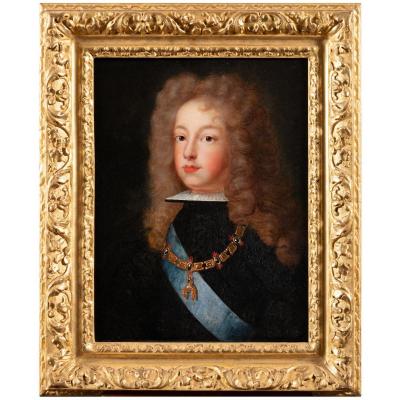






 Le Magazine de PROANTIC
Le Magazine de PROANTIC TRÉSORS Magazine
TRÉSORS Magazine Rivista Artiquariato
Rivista Artiquariato
